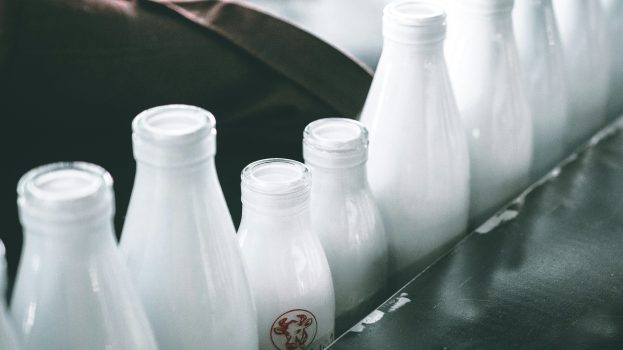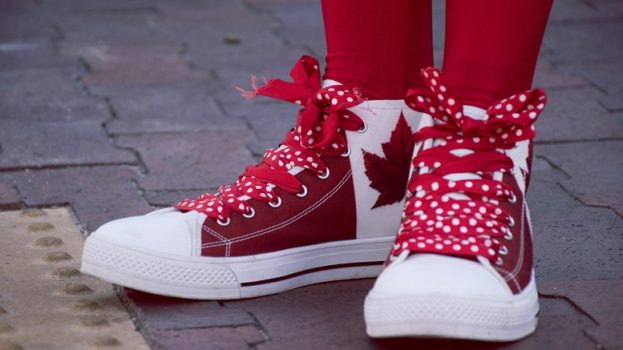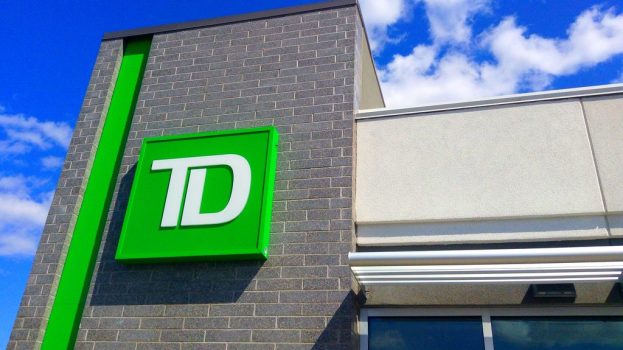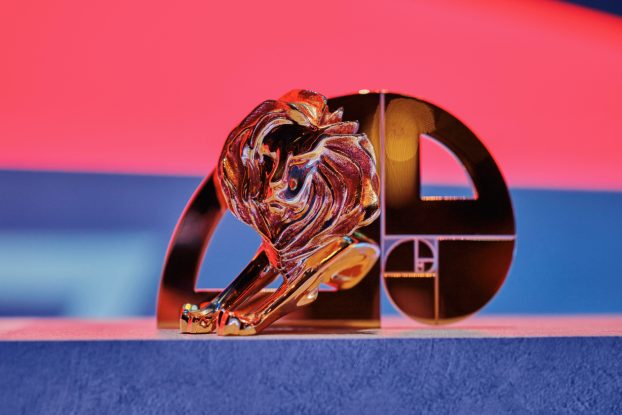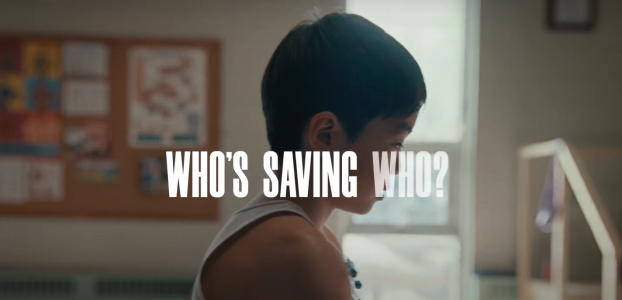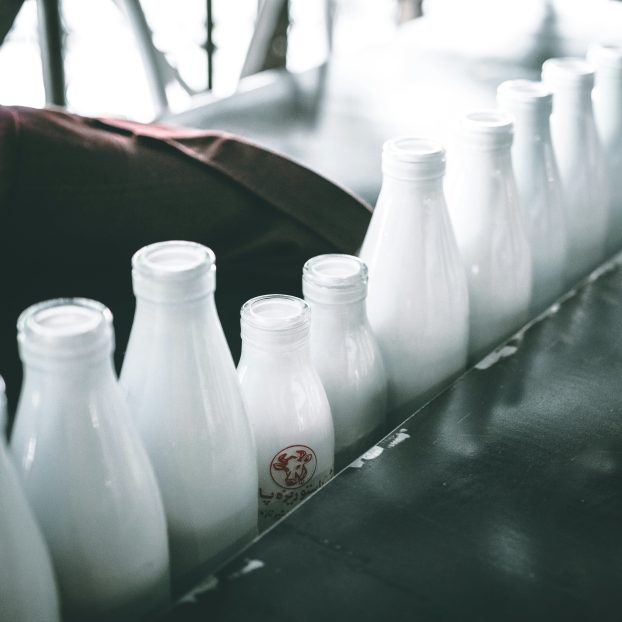 When faced with significant change, brands (just like human beings) can either remain in stasis, ignore and deny what’s happening – or they can embrace and help to drive change, says Dustin Rideout, chief strategy officer at Juniper Park\TBWA.
When faced with significant change, brands (just like human beings) can either remain in stasis, ignore and deny what’s happening – or they can embrace and help to drive change, says Dustin Rideout, chief strategy officer at Juniper Park\TBWA.
To find their way out of the current crisis, Rideout and his agency believe that brands should focus on displaying empathy and compassion in their marketing.
Over the last few months, the Juniper Park\TBWA team compiled a report that aims to help the marketing world navigate through recovery and into revival, by embracing new cultural behaviours brought on by the COVID-19 pandemic.
“How can [marketers] support and grow their brands in a way that supports and drives empathy for what people are going through?,” asks Rideout. The report finds the answer to the CSO’s question in several emerging cultural triggers – including “Kooky Coping,” “Open Source Generosity,” “Collective Compassion,” “Cautious Liberation” and “Frugal Futures.”
Kooky Coping, for instance, refers to when people turn to things like satire and humour to “give us a respite from our worries” and searching for quirky social content that showcases the new realities of their lives in order to curb anxiety from negative news.
Apple’s “The whole working-from-home thing” campaign, which launched last week, is an example of a brand tapping into the Kooky Coping trend, says Rideout. The nearly seven-minute spot shows the difficulties that come with working from home – dealing with family and loved ones, as well as household chores, while trying to meet important deadlines. The spot shows how Apple products and tools, like the measurement app on an iPad, can help you with your work from home.
[iframe_youtube video = “6_pru8U2RmM”]
“It’s about being flexible with your brand tone and allowing yourself to stretch your tone in a way that is [still] you – but will allow you to communicate on a level of how people are feeling,” says Rideout. “[Apple] stretched the tone of humour that you would normally see from [the brand], but it was still done in a very authentic and Apple way. It reflected human truths.”
“Open Source Generosity” is where “ideas are shared, not saved” and the “values of open source communities and creative commons are being embraced, the world over,” according to the report. This generosity has come in multiple forms during the pandemic, such as universities collaborating on the research and development of a COVID-19 vaccine, to the 3D printing community developing PPE for frontline workers.
Rideout adds that brands can tap into this cultural trend by deprioritizing intellectual property and embracing intellectual generosity.
“[It’s not about thinking] ‘How can I hold onto this one thing that I’m doing just for me? [But instead], ‘How can I have a bigger impact by working with others and partnering with others in competition?,” says Rideout. He points to sustainable shoe brand, Allbirds, and sportswear brand, Adidas, which joined forces in May to develop a sneaker with the “lowest ever carbon footprint” in their shared mission to fight climate change.
“Frugal Futures” is an emerging value that has a little bit more nuance, Rideout says. The report describes how “cautionary spenders will become the norm,” as COVID-19 reveals the “instability of big businesses and financial structures.” Society will further realize that wasteful materialism and lavish lifestyles are not sustainable, according to the report.
“If you’re already a value brand, you can just be yourself – no change is probably required. If anything, this should be a time when you should look to advertise more, spend more behind your brand – because value brands are more valued now than ever,” Rideout says.
“If you’re in the luxury brand space, or higher-end space, don’t be tone deaf,” he adds. “Don’t paint worlds of affluence in this time when so many people are out of work, economies are in the tank, the future is uncertain and the divide between the haves and have nots is increasing. Communicate in a way that understands that trade up and trade down is alive and well, and maybe that’s how you need to do your brand.”

